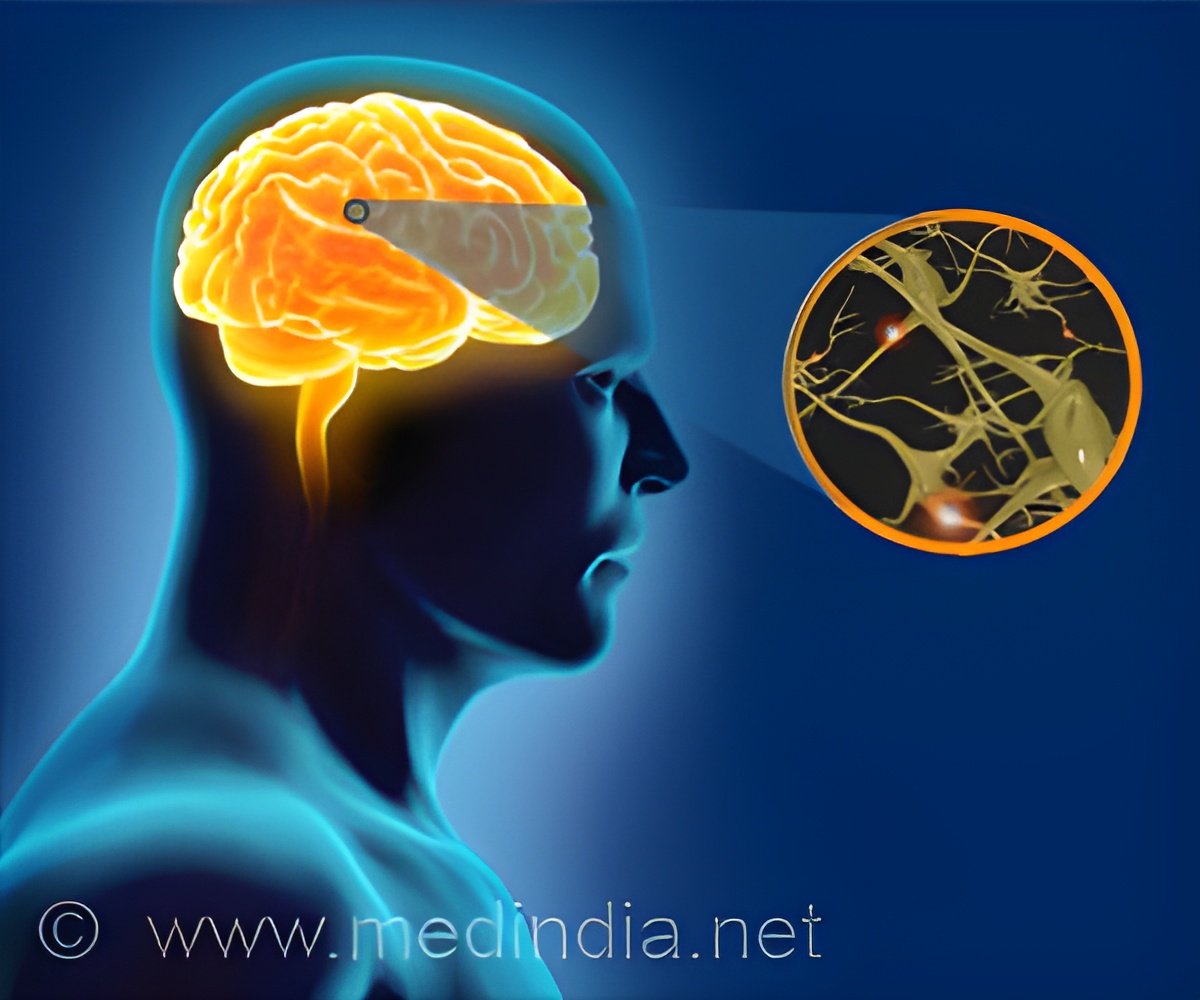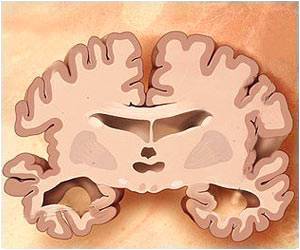Scientists discover that glial cells in multiple sclerosis patients have disease-specific traits, pointing to new potential targets for multiple sclerosis treatment.

Patient iPSC models reveal glia-intrinsic phenotypes in multiple sclerosis
Go to source).
What is Multiple Sclerosis
MS is an autoimmune disease that occurs when the body’s immune system mistakenly attacks the protective myelin sheaths that surround the nerves in the brain and spinal cord, resulting in significant neurological disability.‘Targeting #glialcells, key players in the nervous system, could lead to groundbreaking treatments for #multiplesclerosis. #MS’





“Most research and therapeutic strategies have so far focused on blocking the overactive immune system, but how cells in the brain itself, especially glia, contribute to the initiation and progression of MS remained a mystery,” explained Valentina Fossati, PhD, New York Stem Cell Foundation (NYSCF) Senior Research Investigator who led the study. The team leveraged the power of NYSCF’s automation platforms to create induced pluripotent stem cells (iPSC) from skin biopsies of individuals with MS, resulting in the largest collection of MS patient stem cell lines to date, spanning diverse clinical subtypes. They then converted the iPSCs into glial cells – which include oligodendrocytes and astrocytes – to investigate their role in the disease. “By generating glia-enriched cultures from stem cells, we have been able to study their role in MS independently of the complex environment in the body, which is constantly altered by the presence of immune cells and inflammatory signals,” continued Dr. Fossati.
Using single-cell gene expression profiling, the scientists found that stem cell-derived glia cultures from people with primary progressive MS (a particularly severe form of the disease) contained fewer oligodendrocytes. Oligodendrocytes are responsible for producing myelin, the protective sheath around nerve fibers that is lost in MS.
“This observation challenges the conventional understanding of MS as being purely driven by immune system dysfunction, suggesting that the disease may also be fueled by processes originating within the brain itself,” noted Paul Tesar, PhD, the Dr. Donald and Ruth Weber Goodman Professor of Innovative Therapeutics and director of the Institute for Glial Sciences at Case Western Reserve University School of Medicine, and NYSCF – Robertson Stem Cell Investigator Alumnus, who co-led the study.
Gene Expression Patterns in MS Patients
The team also observed that a set of genes associated with immune and inflammatory functions were particularly active in stem cell-derived glia cultures from MS patients, matching what they see in brain samples from deceased individuals with MS. Moreover, NYSCF scientists leveraged their latest advances in artificial intelligence to detect differences in astrocytes that are not easily seen by the human eye.Advertisement
Because of the autoimmune activity in MS, many current therapies target the immune system. These drugs help reduce the frequency of immune attacks, but they unfortunately fall short at preventing the neurodegeneration that drives disease progression.
“Our findings represent a significant leap forward in our understanding of MS and underscore the vast potential in glia as a target for therapeutic intervention that could transform the treatment landscape for many patients,” remarked Dr. Tesar.
This study was made possible by the powerful combination of NYSCF’s unique capabilities for large-scale stem cell-based disease modeling and the Tesar lab’s expertise in studying glia in neurological disease and developing new medicines. Patients were recruited at the Corinne Goldsmith Dickinson Center for Multiple Sclerosis through a collaboration with Ilana Katz Sand, MD, Associate Director of the Center for Global Development CGD Center for MS, and Patrizia Casaccia, MD, Ph.D., now Director of the Neuroscience Initiative of the Advanced Science Research Center at the CUNY Graduate Center.
“This study is a remarkable example of team science,” said Jennifer J. Raab, NYSCF’s President and CEO. “It is through unique collaborations like these that we can move even faster towards new treatments for the major diseases of our time that patients urgently need.”
The experiments were led by co-first authors Benjamin Clayton, Ph.D., a National Multiple Sclerosis Society career transition fellow and newly appointed Assistant Professor at Case Western Reserve School of Medicine, and Lilianne Barbar, a former trainee in the Tesar and Fossati labs who is now an MD/Ph.D. student at Washington University in St. Louis.
Reference:
- Patient iPSC models reveal glia-intrinsic phenotypes in multiple sclerosis - (https://www.sciencedirect.com/science/article/abs/pii/S1934590924002881?via%3Dihub)
Source-Eurekalert














